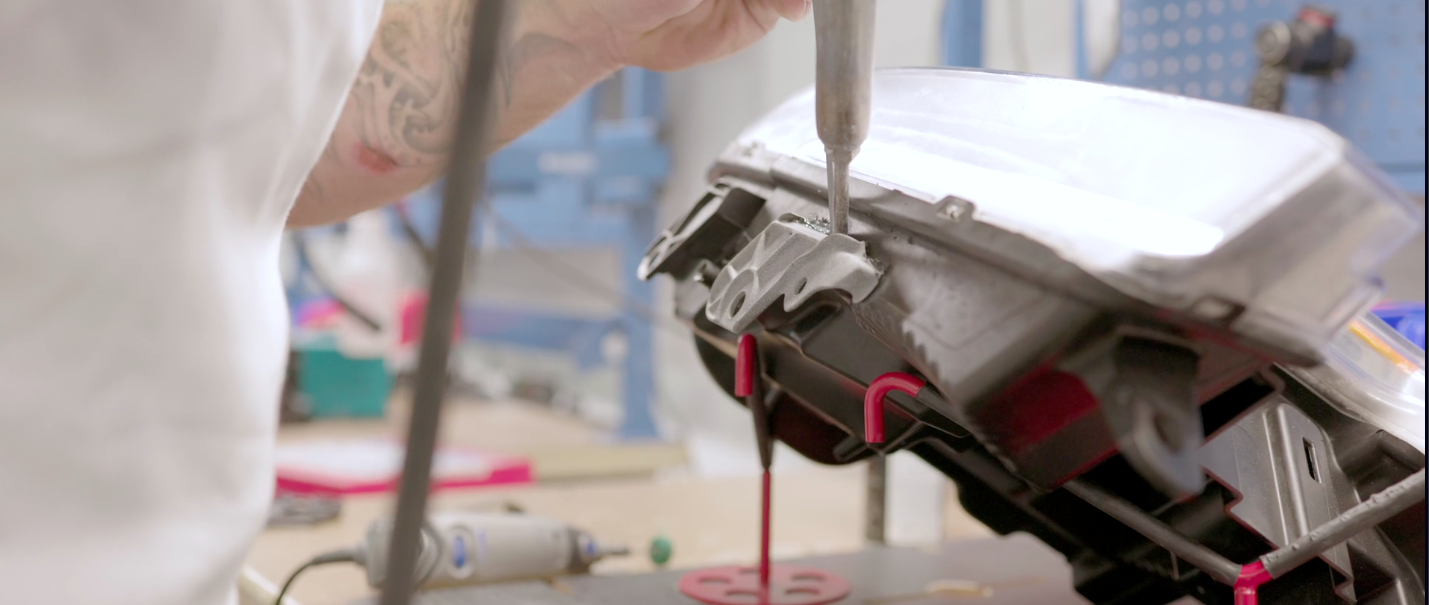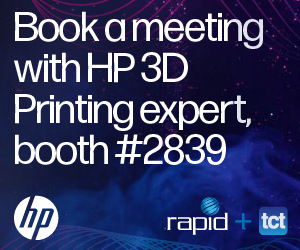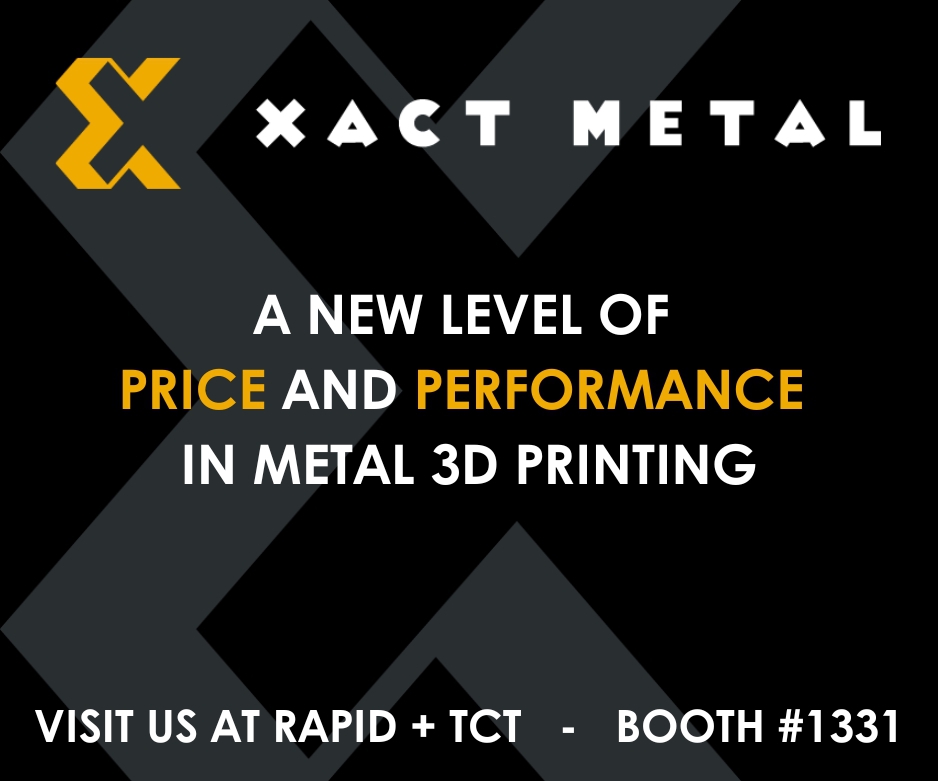Auto Additive Introduces 3D Printing for Vehicle Repairs
Though it has long used 3D printing technology, the automotive industry has been slow to realize its potential in end part production and, more importantly, for maintenance, repair, and overhaul (MRO) operations. While companies like BMW are developing complete, automated additive manufacturing (AM) lines for car components, MRO is another matter. As Ford veteran and 3D printing expert Harold Sears pointed out in an interview, standards and quality control are essential for apply AM to MRO in auto repair. For that reason, Sears and a number of others launched the 3D Printing in Auto Repair Task Force with the International Bodyshop Industry Symposium (IBIS).
After the Task Force published a report on the state of AM in auto repair in October 2023, we’ve been awaiting further progress toward the development of projects focused on this niche, but crucial segment. Now, at the IBIS Worldwide event in Greece, a new business, Auto Additive, has emerged to leverage the expertise and technology associated with the Task Force to tackle AM for auto repair.
At the event, Auto Additive made its public debut alongside partners HP, Headlights.com, 4Plastic Inc., and GKN Additive. The firm also showcased 3D printed tools, jigs, and repair parts, including an “industry-first” weldable and attachable headlight repair tab kit, available exclusively on Headlights.com.
With a team of specialists in 3D scanning and reverse engineering, Auto Additive relies on partnerships with companies like GKN to offer 3D printing services and materials. This includes CAD file management that uses blockchain technology to protect IP while offering part traceability.

3D printed headline tabs
Demonstrating these offerings at IBIS, Auto Additive showcased several repair solutions made with 3D printing. This included a plastic repair push tool meant to provide precise and efficient repair capabilities, while reducing labor time and costs associated with traditional methods. Similarly, the company demonstrated metal 3D printed bumper side tab jigs that can be attached where needed, reducing the need for complete bumper replacements. The 3D printed weld-on polypropylene tabs for headlights enable the restoration of headlights to industry standards without full replacement, thus saving costs and reducing waste.
IBIS Global CEO Jason Moseley commented, “We are excited to see the culmination of the 3D in Auto Repair Task Force’s work come to life with the launch of Auto Additive. This collaboration exemplifies our theme, ‘Transforming Tomorrow Together,’ by showcasing how industry stakeholders can join forces to drive meaningful change. This sets a precedent for IBIS and our industry to look at other areas and work together to address critical factors in the ever-changing collision industry.”
Harold Sears, Head of the Strategic Advisory Council at Auto Additive, stated, “Auto Additive uses industrial-grade 3D printers and materials to produce the highest-quality parts, the same 3d printing technology also used by industry-leading vehicle OEMs. Additionally, our advanced blockchain-driven software provides traceability and eliminates the misuse of our clients’ digital inventory, controlling where we print and how many. Each product has a unique alphanumeric identifier, searchable via our website, tracing to the batch date, location, and parts data, ensuring ultimate IP protection and product authenticity for Auto Additive’s clients.”
In addition to Harold Sears, the firm’s advisory board includes Aaron DeLong from HP, specializing in automotive 3D printing in plastics; Lior Polak, CEO of Assembrix, bringing expertise in blockchain-based 3D printing software and a background in technology management; Mario Dimovski, an innovator in automotive plastic repairs and digital transformation in collision repair; and Dallas Martin from Toyota, who leads the additive division with extensive experience in utilizing AM technologies for automotive manufacturing.

Bumper tab welding jig
This is likely only the beginning for Auto Additive, given the pedigree of the other members of the Task Force. For instance, it’s easy to imagine the way that Würth Additive’s new Digital Inventory Solutions might be implemented to provide virtual warehousing of replacement parts for the auto industry. The overall opportunity for AM in MRO suggests that it may be one of the killer apps for the 3D printing industry and, if it can succeed in automotive, it can be applied almost anywhere.
Subscribe to Our Email Newsletter
Stay up-to-date on all the latest news from the 3D printing industry and receive information and offers from third party vendors.
You May Also Like
BellaSeno’s Pioneering 3D Printing Facility for Medical Implants to Open in 2025
German 3D printing medical implant pioneer BellaSeno plans to launch a fully automated production facility in Australia by mid-2025 to make its resorbable soft tissue and bone reconstruction implants. By...
Daring AM: From 3D Printed Gun Files to Criminal Backstreets
3D printed guns are a growing trend that won’t go away, making their way into headlines with increasing frequency. While the number of 3D printed firearms isn’t nearly as high...
Handheld, Chip-Based 3D Printer Demonstrated in DARPA-Funded Project
In a study funded by organizations including the National Science Foundation (NSF) and the Defense Advanced Research Projects Agency (DARPA), researchers at Massachusetts Institute of Technology (MIT) and University of...
BigRep Launches High-Temperature 3D Printers via HAGE3D Acquisition
In the fall of 2023, large-format 3D printing leader BigRep announced its acquisition of Austria-based HAGE3D, which also makes large-platform, fused filament fabrication (FFF) systems. This enabled BigRep to offer...



































